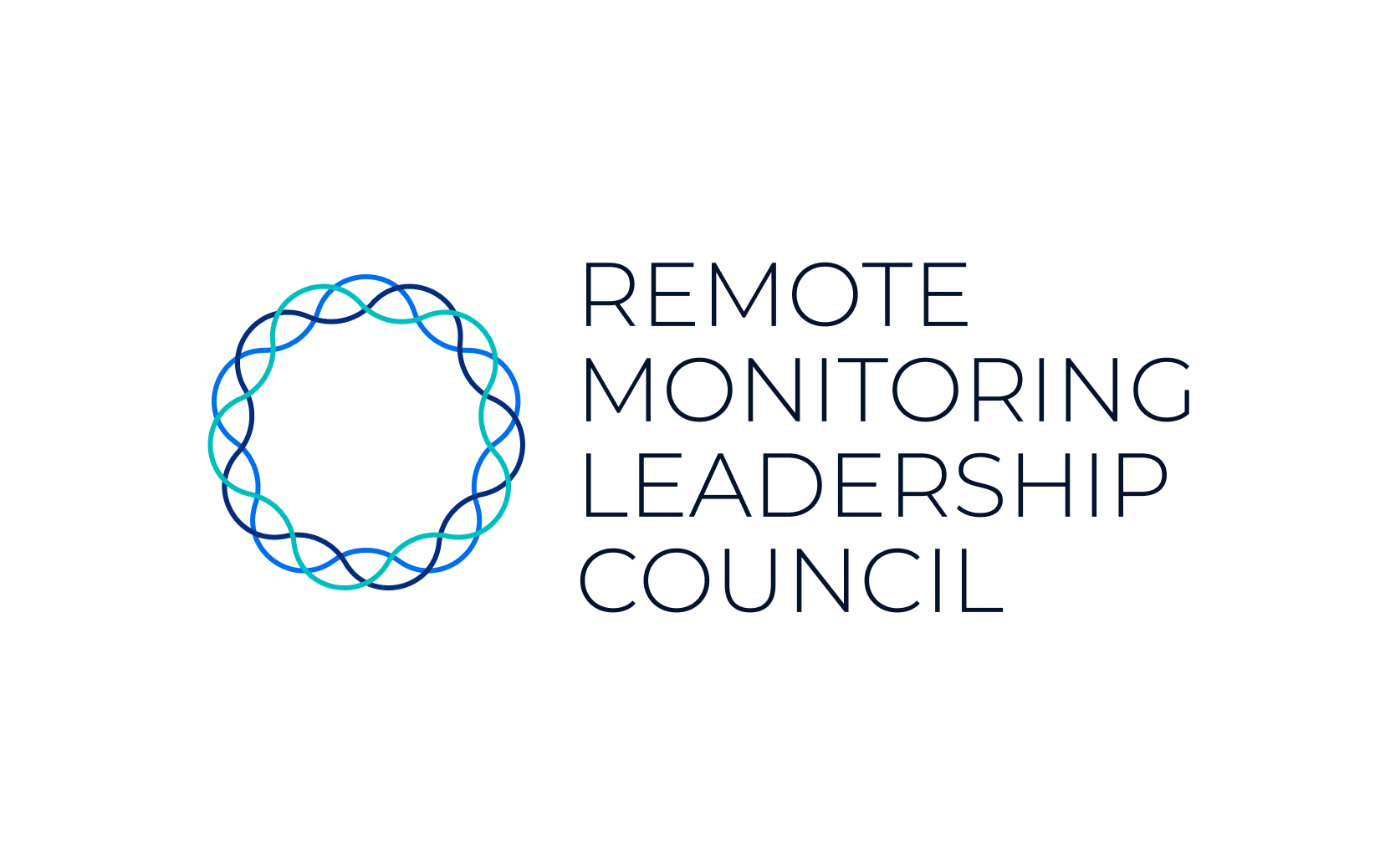Principles for High-Quality Remote Patient Monitoring
As national leaders in remote patient monitoring (RPM), we commit to a shared set of principles to ensure the delivery of high-quality, patient-centered care and to shape the future of our industry. Recognizing the critical role RPM plays in the future of health care, we endorse these shared principles to define and uphold standards of excellence.
Use RPM to bridge care gaps, strengthen continuity of care, and enhance patient-clinician relationships
When a patient leaves a hospital or physician office with a device, whether wearable or handheld, they leave with a direct connection to their qualified health care provider and clinical care team. Rather than relying on periodic, arbitrary check-ins, RPM creates continuity of care through an ongoing line of communication that enables timely discussions and proactive outreach. Clinical staff providing high-quality RPM don’t wait to find out about a sudden blood sugar spike or weight gain—they see it and reach out to the patient and, as appropriate, the qualified health care practitioner. RPM also helps identify inconsistent medication adherence, driving timely, data-informed decisions that improve outcomes. Patients often report a greater sense of security and a stronger bond with their clinical care team, who has a stronger connection to their well-being, as a result of this remote connection.


Leverage RPM to empower patients to take greater ownership of their care.
Data captured by RPM should create opportunities for both care teams and patients to monitor vitals and use this information to support the care plan. Patients often report increased self-efficacy as they gain metacognitive feedback from seeing their data trends over time and understanding how medication adherence and lifestyle choices impact their health. To this end, all RPM should include appropriate use of clinical staff to support continuity of care and ensure ongoing patient engagement. These clinicians serve as healthcare liaisons to build patient knowledge and self-management capability, which has been consistently shown to improve clinical outcomes
Demonstrate and publish on clinical outcomes such as improvement in disease-specific biometrics, reductions in total cost of care, and reductions in hospital admissions/readmissions
RPM is not being used appropriately if the captured data is not directly relevant to managing a patient’s condition and showing impact for both the patient and health system. It should deliver tangible patient improvements, effectively drive cost avoidance for the health system, and reduce administrative burden.
We are invested in analyzing and publishing our work, both in terms of clinical outcomes and effects on cost of care for the chronic or acute conditions we manage. Research using longitudinal, consistent monitoring of patient data may also foster the identification of novel risk factors—such as daily blood pressure variability, medication interactions, and other emerging patterns—that can help predict health problems before they arise.
Provide RPM services only where necessary and appropriate for a particular patient’s medical condition.
We are committed to implementation practices that apply purposeful patient inclusion and exclusion criteria. Under current regulations, we only offer RPM services when a practitioner has evaluated the patient and placed an order for monitoring. In working with these clinicians, we prioritize training on interpreting RPM data, designing workflows that ensure safety and support efficiency, and the ongoing delivery of measurable value and clinical excellence.


Commit to the responsible use of patient health data.
We meet all Health Insurance Portability and Accountability Act (HIPAA) privacy and security requirements surrounding the patient data we collect and use for treatment, payment, and operations. We take cybersecurity seriously, and all invest in appropriate capabilities to protect the data of our patients. Moreover, we commit to only collect data relevant to the patient’s clinical needs and the implementation of the RPM program. Finally, we ensure the data is available to the clinical care team by sending to the electronic health record of the qualified healthcare provider in a timely manner.
Bill appropriately for RPM services and comply fully with federal Anti-Kickback Statute, the Stark Law, and state anti-fee splitting laws.
We are committed to ensuring our documentation fully complies with all requirements for billing. We comply with all AMA and CMS guidance for appropriate billing of remote physiologic monitoring at all steps in providing RPM. We ensure informed consent, ensure proper set-up and education, ensure at least one interactive patient communication per month, and clearly track the number of physiologic readings transmitted.
We do not believe that patient or clinician behavior should be shaped by any factors other than clinical outcomes. Given the unprecedented clinical improvements achieved through RPM, it should be recognized and paid for as a valuable and beneficial service that helps reduce administrative burden and lower the overall cost of care by preventing hospitalizations.
Advocate to bring RPM to all patients for whom it should be the standard of care.
We believe RPM is the standard of care for a variety of health conditions, as well as situations in which home-based, longitudinal monitoring data creates value. Many physiological variables—such as blood pressure—are subject to artifact in the office setting, where conditions like white coat syndrome or masked uncontrolled hypertension often go undetected. Further, we believe that the promise of RPM is often greatest for those who are the sickest, who are the furthest from their practitioners, and have the greatest barriers to technology-enabled care. Caring for these individuals is often challenging due to higher costs and logistical difficulties, compounded by a reimbursement system that often disincentives rural care. RPM plays a critical role in supporting patients with limited access to care due to geographic, mobility, disability, or transportation-related challenges—ensuring necessary access to continuous, proactive health monitoring.

